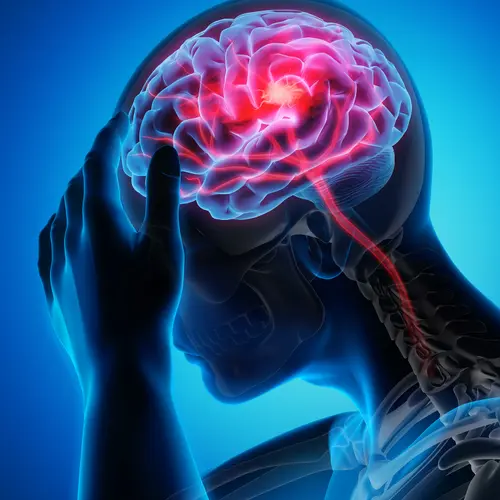In the US, someone has a stroke every 45 seconds. Around one-third of these strokes are recurrent and a significant amount of those strokes lead to death. Returning to previous levels of activity after a stroke can be challenging. Especially important is the question of how to reintegrate exercise into your life in a healthy and productive fashion, particularly if you experience long-lasting symptoms.
What You May Feel After Having a Stroke
If you were very active and sporty before your stroke, you might feel the urge to get right back to where you were, but it's important to take it slow. Just because you do not feel persistent effects in the immediate aftermath of a stroke doesn't mean you have made a full recovery. Strokes can affect your body in many ways, and you will need to wait to see how your stroke has affected you. You and your doctors will work together to come up with a rehabilitation plan appropriate for your specific situation.
Some of the post-stroke symptoms you may experience are:
- Paralysis. One or multiple parts of your body could be paralyzed after a stroke.
- Weakness. You may experience significant weakness throughout your body.
- Diminished coordination. You may have difficulty coordinating your movements, causing you to feel a little slow or clumsy.
- Muscle irregularities. Your muscles may be tight and stiff to the point where using them is difficult. Conversely, they could be abnormally loose and soft.
- Balance. It could be difficult for you to balance, and you could feel unsteady or dizzy often.
- Swelling. If the mobility of your legs or feet is lost, fluid can often build up in the limbs where movement is compromised.
- Change in feeling. Commonly, people lose feeling, have increased feeling, or start to feel pins and needles on part of their body.
- Fatigue. You might find that you feel tired after tasks that used to be no problem for you, like walking short distances. Simple movements can become complex and involved tasks.
- Pain. Feeling pain in your hip, leg, or on one side of your body is quite common.
Rehabilitation
If you feel long-term effects after a stroke, you will most likely work with a team of medical providers to rehabilitate your body. Movements you may work on include:
- Sitting to standing and back
- Standing to squatting and back
- Walking
- Everyday actions like opening doors or getting in and out of cars
Your healthcare team will likely give you exercises to do throughout the day. These exercises will work best when repeated frequently. This repetition is the best way to reduce stiffness and muscle pain even if they are not the most comfortable at first.
Studies have shown that working out and developing your fitness helps your body recover from a stroke. This is especially true if you can manage to stick to your exercise routine for six months after your stroke and onwards. Exercise can also help to relieve some of the emotional consequences of a stroke, such as depression or moodiness. Additionally, depending on what exercise you choose, it can also provide you with a community.
What Exercises Are Best to Do After a Stroke?
It is recommended that stroke survivors do 20 to 60 minutes of aerobic exercise every day. You can break up the exercise and get it done in intervals if you need to.
Stroke survivors should also work with light weights and incorporate light resistances to regain muscle that may have been lost or weakened. This type of training should be done two to three.
In addition to aerobic exercise and strength training, stroke survivors should stretch often to increase flexibility. You may find raising your arms and moving your legs to be difficult. Try and stretch before or after your other exercises, and your movements will become easier to execute.
You may also want to incorporate balance training as stroke survivors often lose their balance. It has been recommended that stroke survivors incorporate between two to three sessions of balance or coordination exercises into your routine.
Additionally, as a source of support to you both emotionally and physically, many healthcare providers recommend that stroke survivors engage in group fitness activities. These activities can be things like water aerobics, Zumba, spin, or Pilates. You could also investigate doing leisurely group activities like walking or biking. Having that community element in your fitness journey can give you a lot of strength, motivation, and accountability as you reintroduce fitness in your life during this difficult time.

